100 Surprising Technology Facts That You
Didn’t Know
 |
| 100 Surprising Technology Facts That You Didn’t Know |
100 technology facts, what more could your inner-geek need?!
Technology, ever-changing and ever-growing, brings us the future we’ve always imagined.
But how did it get to where we are now? And where will it go next?
Did you know that you could earn money for finding bugs with Facebook? Do you know the actual meaning of “Android”? Or how much of the world’s currency is digital?
Find the answers to these tech questions here!
With these 100 tech facts, you’ll find interesting tidbits from computers and the internet, to gaming gadgets and tech giants such as Google, Apple & Microsoft.
So without further ado, here are the top 100 surprising technology facts that you (probably) didn’t know!
The Firefox logo isn’t a fox.

There is a common misbelief that because the browser is named Firefox, the logo must be a fox.
Surprisingly, the cute furry creature in the logo is actually a red panda!
The first Apple logo isn’t what you would think.
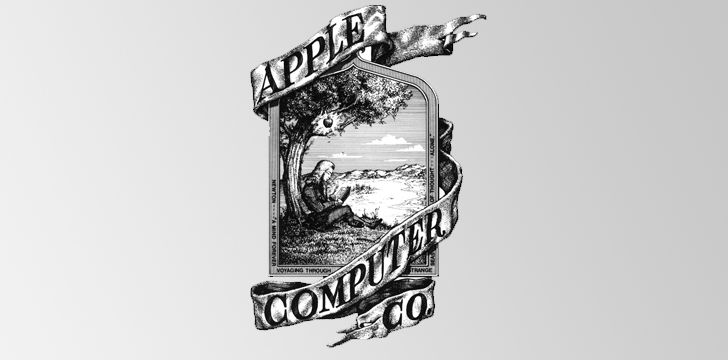
Originally, it featured Sir Isaac Newton sitting beneath a tree, with an apple about to fall on his head.
It was designed back in 1976 and featured a phrase around the border which read “Newton…A mind forever voyaging through strange seas of thought…alone”.
Seems kind of dark!
Google rents out goats.

You read that right, instead of mowing their lawn, Google rents goats to eat the grass at their Mountain View headquarters.
A herder will bring 200 goats which are herded by a border collie named Jen.
The name for “robot” has dark origins.
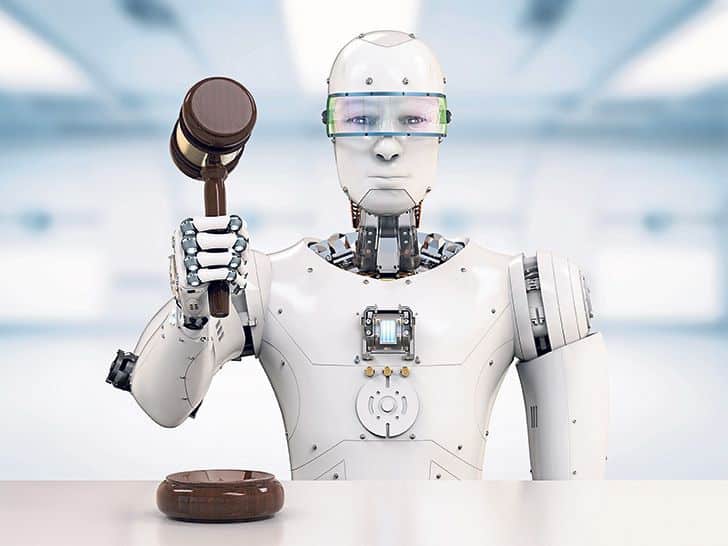
If you look into the etymology of “robot,” it comes from the Czech word “robota” which translates to forced labor or work.
The word was first used to refer to a fictional humanoid in a play in 1920.
The first ever VCR was the size of a piano.
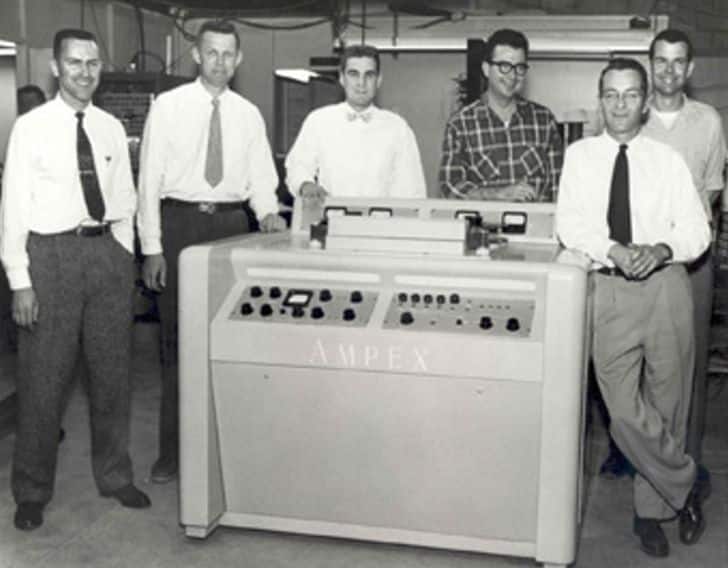
When the first VCR (Video Camera Recorder) was made in 1956, it was the size of a piano.
Way bigger than I would have guessed!
Samsung is 38 years and 1 month older than Apple.
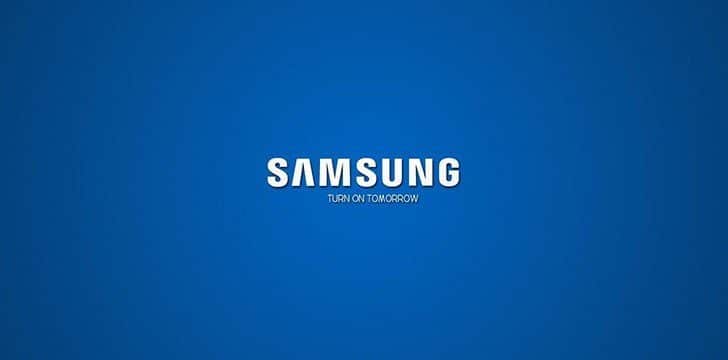
Samsung was founded as a grocery store on March 1, 1938, by Lee Byung-Chull.
Apple Founders Steve Jobs and Steve Wozniak created Apple Computer Inc. on April 1, 1976.
A Petabyte is a lot of data.

We all know 1 GB is the same 1024 MB, but did you know that 1 petabyte (PB) is equivalent to 1024 terabytes (TB)?
To give an example of how big this is, a 1 PB hard drive could hold 13.3 years of HD-TV video.
A 50 PB hard drive could hold the entire written works of mankind, from the beginning of recorded history, in all languages.
Domain name registration used to be free.

Way back when people didn’t realize how huge the internet would be, registering a domain name was free until 1995.
When a fee was introduced, it was high! Prices were typically $100 for two years of registration.
Megabytes used to weigh hundreds of pounds.

More specifically, 5 megabytes of data weighed one ton.
In 1956, the first computer had something similar to a hard drive.
At the time, it was a huge leap in storage capabilities, but the cabinet that contained the hard drive weighed over 2,200 pounds and could hold 5 MBs of data.
The Radio took 38 years to reach an audience of 50 million.

You would think the invention of the radio would be a big deal, but it took 38 years for the radio to reach an audience of 50 million.
Meanwhile, the iPod only took 3 years to reach the same milestone!
The first camera needed an incredibly long exposure.

The first photograph ever taken in 1826 took 8 hours to expose!
The creator of that camera, Louis Daguerre, was able to lower that time drastically to just 15 minutes in 1839.
Credit card chips have been around for a LONG time.

To many, credit card chips are a relatively new fad. However, the chip technology has been around since 1986!
It was first used in France, followed shortly after by Germany.
Alexa is always listening to your conversations.

This probably isn’t new to you. Siri has been doing it forever.
Alexa stores your dialogue history to its cloud to help improve your Alexa experience.
But, you can review and delete these recordings, either in bulk, or individually.
People read faster or slower depending what they read from.

Not only do you blink less when you’re on a computer, but reading from a screen also slows you down.
On average, people read 10% slower from a screen than from paper!
As for the blinking part, did you know that during everyday life, people normally blink at a rate of twenty times per minute?
But put them in front of a computer, and that number drops way down to seven times per minute!
GPS is free… for some.

Even though it is free to use GPS globally, it costs $2 million dollars to operate every day.
This money comes from American tax revenue.
There are Amish computers.

There are computers specially designed without internet, video, or music capabilities, just for the Amish.
The features include word processing, drawing, accounting, spreadsheets, and more – but not much more.
Mac computers were named after the apple.
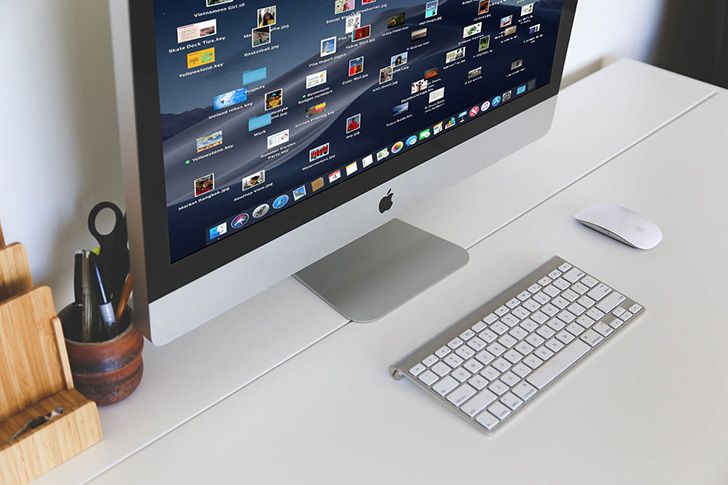
It’s not a coincidence that “Macintosh” is similar to the apples called “mcintosh”.
The name was misspelled on purpose to avoid conflict with a manufacturer called “McIntosh Laboratory”.
The first computer mouse wasn’t made from plastic.

Back in 1964, Doug Engelbart invented the first ever computer mouse! Back then, it was made out of wood.
It was rectangular and featured a little button on the top right.
He called it a mouse because the cord coming out of the back reminded him of the tiny rodents.
Which came first, Spam mail or Spam meat?

Spam mail was named after the canned meat! In a Monty Python skit, they said Spam meat was “horrible and being ubiquitous and inescapable”.
Sounds pretty accurate to the annoying junk mail I get!
Also, did you know that On average, for every spam email sent, they only get one reply for every twelve million spam emails sent.
Is it even worth it at that point?
The original Xbox had sound snippets of real space missions.

The original Xbox contained edited sound bites from actual transmissions from the Apollo missions.
If you left the Xbox on the home screen, eventually you’ll hear whispers of conversation – actual chatter from the Apollo mission.
The majority of the people plug in their USB wrong.
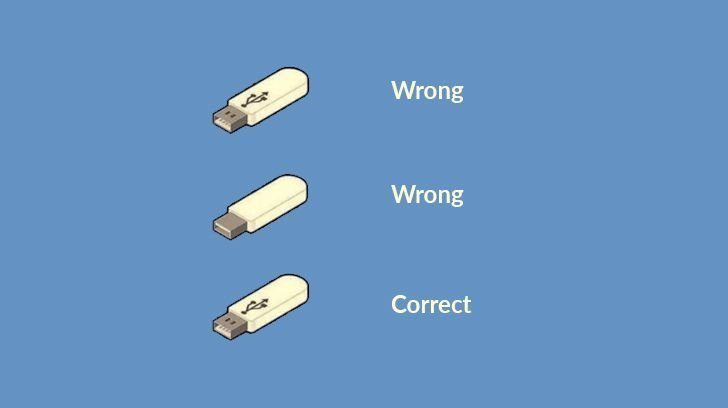
86% of people try to plus in their USB devices upside down.
That makes me feel a lot better about getting it wrong every time!
Steve Jobs used sleight of hand at the first iPhone presentation.

The first iPhone presentation happened six months before the iPhone was set to hit the market.
At that time, the phone was too buggy to use, so Steve Jobs often had to switch phones behind his desk.
Otherwise, it would run out of RAM and crash.
The first alarm clock could only ring at one time.

Literally, one time! The first mechanical alarm clock could only ring at 4 a.m. invented by Levi Hutchins in 1787.
It wasn’t until 1876 that a wind-up alarm clock was made that could be set for any time.
Computer Security Day is celebrated on November 30th.

It was started in 1988 to help raise the awareness of computer related security issues.
To celebrate Computer Security Day is easy, and important – check your privacy settings on Facebook, change your passwords to something stronger.
You can also read the latest technology facts and make sure your data stored on your phone, or in the cloud is secure.
The government used PlayStation 3’s… but not for gaming.
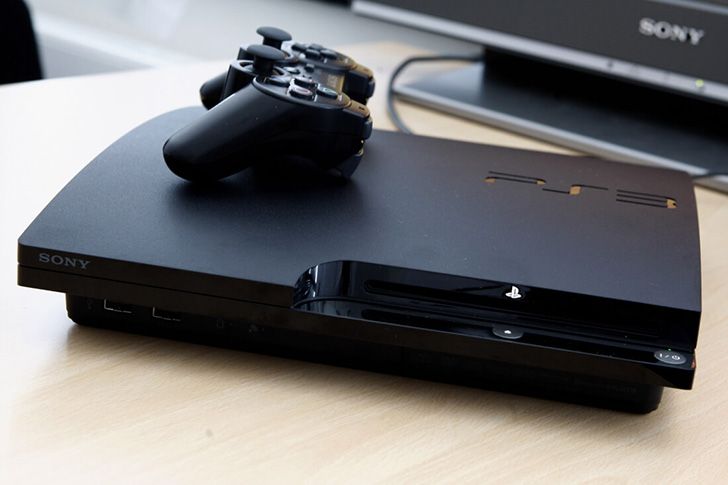
In 2010, the United States Air Force used 1,760 PlayStation 3 consoles to build a supercomputer for the Department of Defense.
They used PS3’s because it was more cost efficient and “green.”
The first online gaming was before the year 2000.
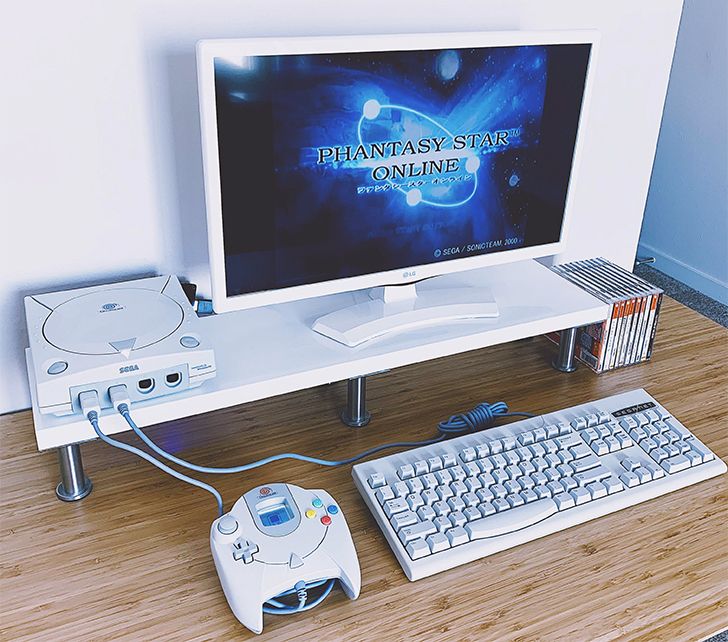
Sega Dreamcast was the first 128-bit console to hit the market.
Released in 1999, it was the first console that allowed real-time online play.
Unfortunately it was a little too early for it’s time, as back then, most internet connections were not reliable enough.
The first product scanned was a packet of chewing gum in 1974.

Norman Joseph Woodland invented the barcode, and received a patent in October 1952.
It wasn’t until 22 years later, when he was employed by IBM that the barcode was developed to be used for product labeling.
Known as the Universal Product Code (UPC), a system that is still used today.
You’re in good hands if your surgeon was a gamer.

Oddly enough, surgeons that grew up playing video games more than 3 hours per week make 37% fewer errors!
Not only that, but they also had a 42% faster completion rate when it comes to performing laparoscopic surgery, as well as suturing.
iTunes has an unusual Terms & Conditions.

When agree to the Terms & Conditions for iTunes, you are agreeing to not use it to make nuclear weapons.
The clause states, “You also agree that you will not use these products for….the development, design, manufacture, or production of nuclear, missile, or chemical or biological weapons.”
Nintendo didn’t start as a video games company.

Founded in 1889, Nintendo was around long before computers! So what did they sell?
From 1889-1956, Nintendo was a playing card company.
They still manufacture playing cards in Japan, and even have a bridge tournament called the “Nintendo Cup”.
Apollo 11 astronauts couldn’t afford insurance.

Life insurance for a space mission cost a fortune, because the risks were extremely high back then.
So instead, the astronauts of Apollo 11 signed hundreds of covers that their families could sell in case anything went wrong.
People are still using dial up.
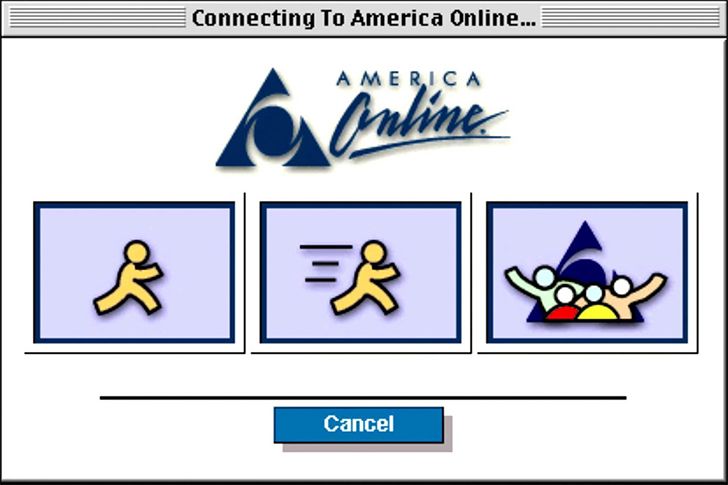
As of 2017, 2.1 million people still use AOL’s dial up service.
Mainly, these customers live in rural America where it can be expensive and unreliable to get high-speed internet.
Meanwhile, dial up is only $20 per month.
You can spell your email in Morse code.
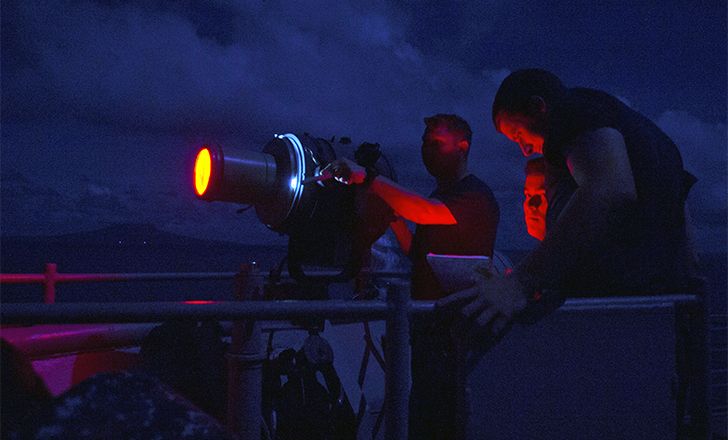
In 2004, the @ symbol became the first new character to be added to Morse code for the first time in many decades.
The character is called a “Commat,” and consists of the signals for A and C with no break in between.
Yahoo’s original name was a mouthful.

The original URL for Yahoo was akebono.standford.edu.
The name Yahoo was selected because it was derived from Gulliver’s Travels slang, “Yahoo” which was a fictional race of beings in the book.
Bonus Fact: Amazon wasn’t always Amazon either! Originally named “Cadabra.com,” Cadabra was an online bookstore only.
CEO Jeff Bezos explored other options in the 90’s, some of which still redirect to Amazon, like Relentless.com.
Amazon was registered in 1994, and has grown into the monolith that it is today.
Bonus Bonus Fact: When Snapchat first launched in 2011, it was named Picaboo.
It wasn’t renamed to what we know as Snapchat until 2012.
Everyone uses Google as a spellcheck.
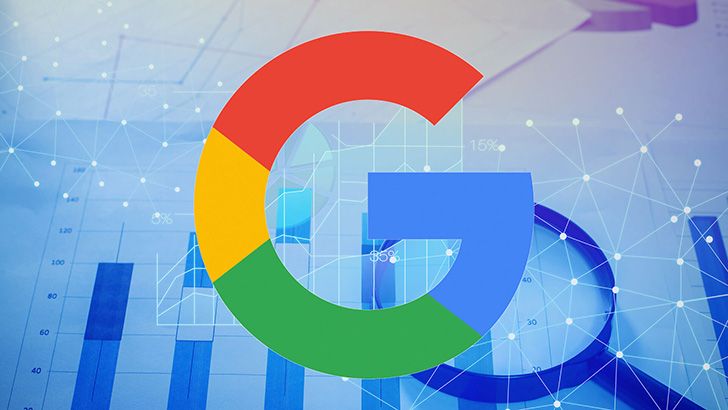
Most everyone, anyway! 97% of people type in words to Google just to see if they spelled it right.
I know I’m definitely among that 97%!
The first word to ever be auto-corrected was “teh.”

Back in the day, autocorrect wasn’t as efficient as it is now.
In order to auto-correct “teh” to “the,” you had to press the left arrow and F3.
The Nintendo Game Boy went to space.
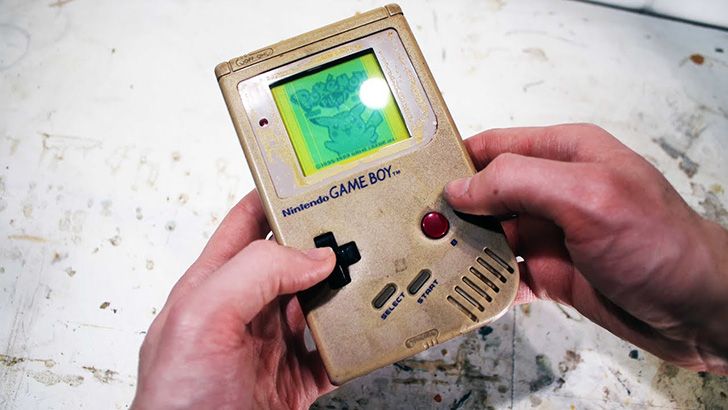
In 1993, a Soviet cosmonaut brought his Nintendo Game Boy to space on the TM-17 space mission.
It is said to have orbited Earth 3,000 times and was later auctioned for $1,220.
PlayStation 1 had Scratch and Sniff discs.

In 1999, Gran Turismo 2, the 2-disc edition of the game, the blue disc featured the smell of fuel and burning rubber.
When FIFA 2001 was released in 2000, they used Scratch and Sniff technology on their discs so it smelled like football stadium turf.
“Android” is gender specific.

The word “Android” literally means a human with a male robot appearance.
The female equivalent of this word is a “Gynoid.”
Google searches hit the billions every month.

There are over 35 billion Google searches each month.
In May 2019, the top three most Googled words were “facebook” at 233 million searches, “youtube” with 194 million searches, and “amazon” with 103 million searches.
There’s a name for when you feel your phone vibrate… but it doesn’t.
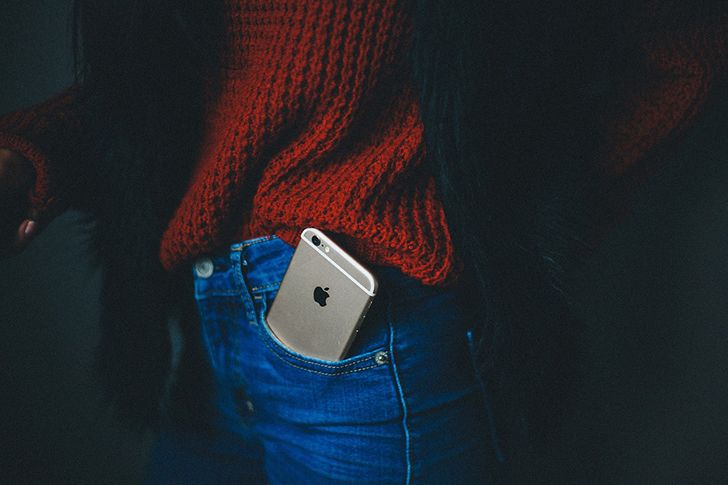
This is my favorite tech fact on this list!
“Phantom Vibration Syndrome” is the name for when someone thinks their phone is vibrating, but it isn’t.
Research suggests the cause for this is someone being over-involved with their phone.
Smoking will void your Apple warranty.

Apple has a “smoking” ban on their computers, meaning if you smoke while using any Apple computer, the warranty becomes void.
Technology is now influencing baby names.

In 2012, at least six girls were named Apple, 49 boys were named Mac, and at least 17 girls were named Siri.
However, the number of babies named Alexa in the U.S has dropped from 6,050 in 2015 (the year Amazon’s Alexa became available) to 3,053 in 2018.
Alexa was the 32nd most popular name for girls born in 2015, but dropped to 90th place in 2018.
Blind people can use cell phones.
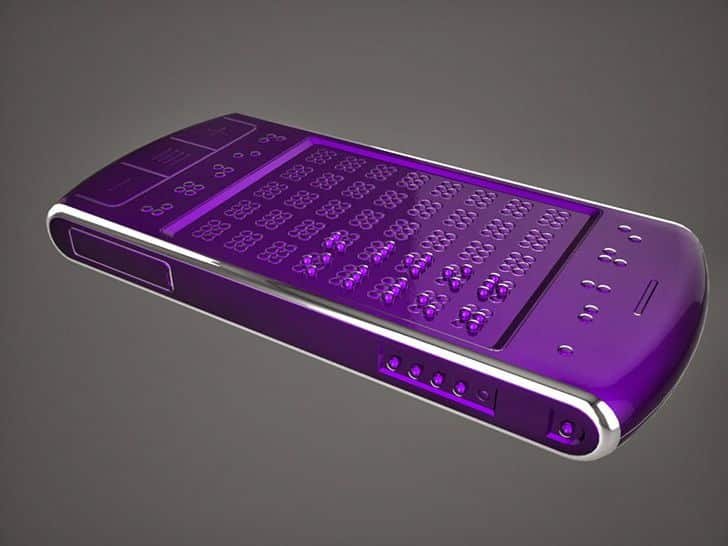
There is special Braille technology and accessories for blind people to use cell phones.
It uses special pins that go up and down so the user can touch and read the info.
Googles first tweet was gibberish.
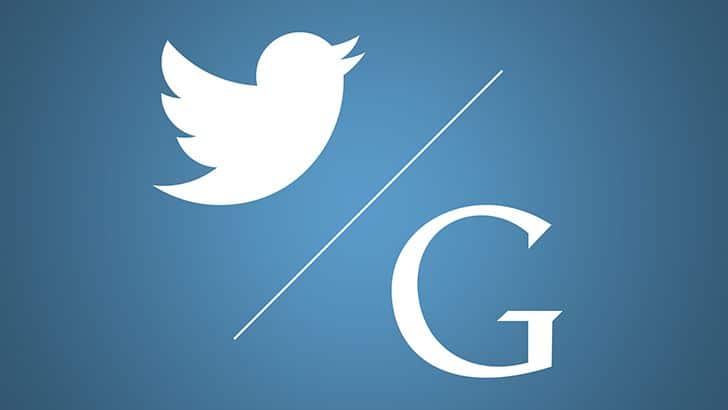
To a normal human, Google’s first ever tweet on Twitter was nonsense!
It reads, “I’m 01100110 01100101 01100101 01101100 01101001 01101110 01100111 00100000 01101100 01110101 01100011 01101011 01111001 00001010”.
Translated from binary to English, this tweet says “I’m feeling lucky.”
The first cell phone call was in New York City.

In 1973, the first ever mobile phone call was made by Martin Cooper, an employee of Motorola, made from the streets of New York City.
It wasn’t until 19 years later when Neil Papworth sent the first SMS message, which brings us onto our next tech fact:
The first commercial text message was sent in 1992.

On December 3rd, 1992, a software architect, Sema Group, used a computer to text “Merry Christmas” to a Vodafone employee who was using a Orbitel 901 handset.
These days, over six billion texts are sent per day!
Over 6,000 new computer viruses are created and released every month.

This number has drastically risen since 1990, at which point there were only 50 known computer viruses.
Today, 90% of emails contain some form of malware and most people don’t know about it.
There are more likes than photos on Facebook.
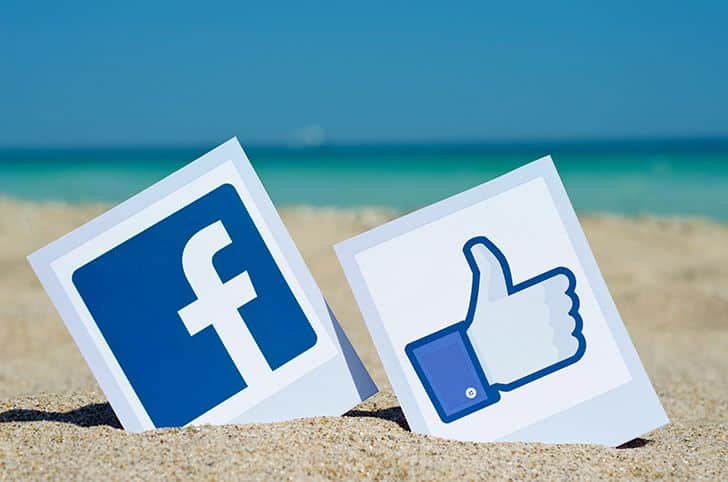
Every day, over 300 million photos are uploaded to Facebook, while 800 million likes are given out per day.
By contrast, there are only 175 million “love” reactions each day.
iPhones were almost in the shape of an apple.

The original design for an iPhone was in the shape of a literal apple.
It was initially designed as a flip phone with a push keypad. When closed, it looked like the Apple logo.
Comic Sans if the most hated font in the world.
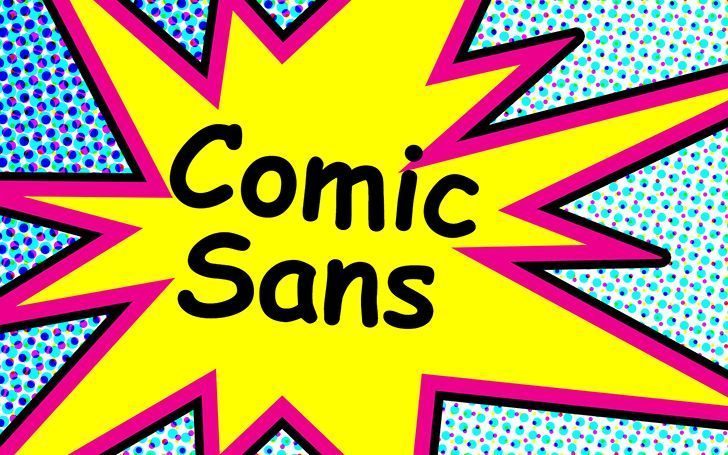
Comic Sans was designed to be an unserious, handwritten style font to use in comic books.
Although everyone loves to hate on this tasteless font (including myself!) it is actually very useful for dyslexic people.
Because of its asymmetrical style, the letters are much easier to discern.
NASA’s internet speed is 91 GB per second.

The average household internet speeds are roughly 25 MB per second.
That’s usually fast enough to watch Netflix with no buffer time
And let’s face the fact, if there’s any tech company that would actually make good use of them internet speeds, it’s NASA.
Nokia is the largest company from Finland.
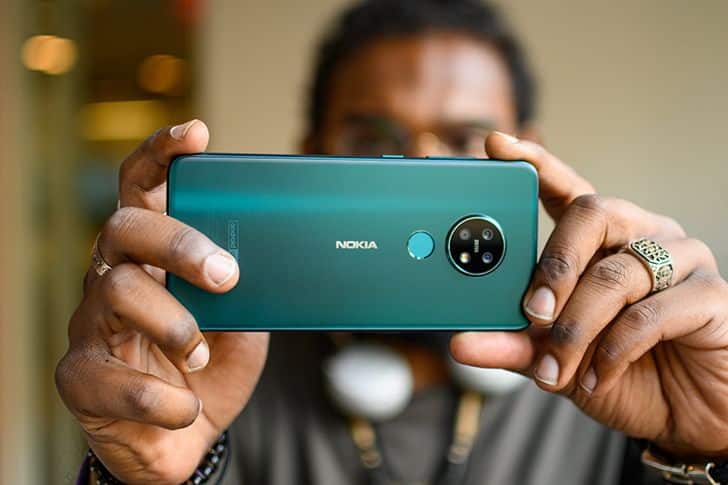
So much so, it is viewed as a national pride by Finns!
And while we often think Nokia is just a cell phone company, this famous brand was originally a paper manufacturer in 1865.
Nokia branched out into technology in the 1980’s.
More people have cell phones than toilets.

Out of all the 7.7 billion people in the world, over 6 billion of those have access to a cell phone.
Meanwhile, only 4.5 billion have access to working toilets!
The Apple Lisa was the first commercial computer with a Graphical User Interface (GUI) and a mouse.
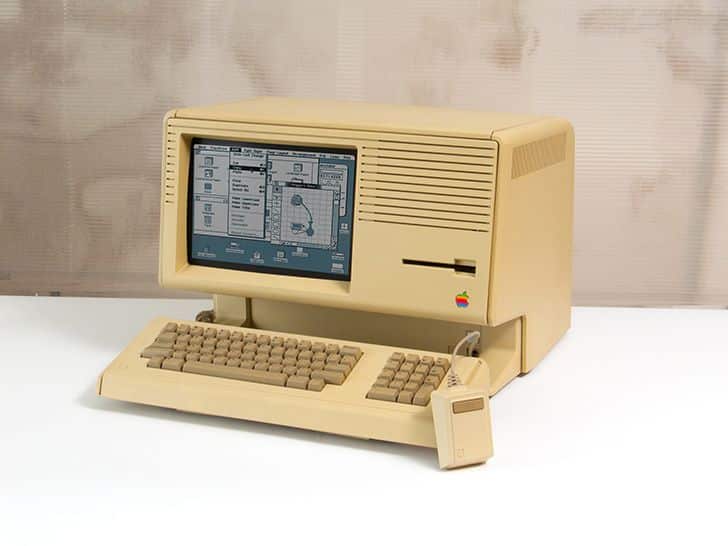
Before The Apple Lisa, all computers were text-based, meaning you had to type out commands from a keyboard.
The name “Lisa” stands for “Logical Integrated Software Architecture”.
Lisa was also the name of Steve Job’s daughter.
Some people are afraid of technology.

People have all kinds of weird fears and phobias out there, and technology is no exception!
Aptly named technophobia, this fear stemmed from the Industrial Revolution and workers being afraid that machines would take their jobs.
It applies in a similar way to today’s society, as well as people being scared of technology getting too advanced, such as artificial intelligence technology.
Let’s just hope this phobia doesn’t stop them from reading these technology facts!
The most expensive phone number cost millions.
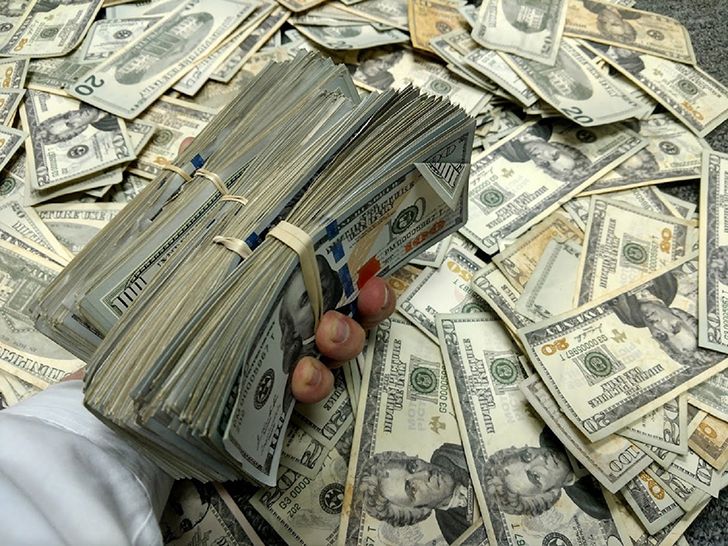
Back in 2006, Qatar Telecom hosted a charity auction where they sold the phone number 666-6666.
It sold for $2.75 million, bought by an anonymous bidder.
Mark Zuckerberg is color blind.

The founder of Facebook purposely chose a blue color scheme because he has red-green color blindness!
To him, blue is the richest and most prominent color that he can see.
40% of American couples meet online.

Online dating is hugely popular these days, and apparently it seems to work!
40% of couples who got together in 2017 met online.
Looking at a larger scale, meeting through friends declined by 13% from 1995 to 2017.
Music content makes up 5% of YouTube.

Even though 5% seems like a low number, it is the most engaged type of video on YouTube.
They count for 20% of YouTube’s total views!
Finding a security bug in Facebook’s code will pay off.

To be exact, Facebook pays $500 for reporting any vulnerability in their security.
Even better, $500 is just the minimum that it starts at, so you could potentially earn more!
Kids that are on social media for 1 hour a day have less chance of being happy.

This is probably not much of a surprise, but studies have shown that the more time kids spend on social media, the less likely they are to be happy with their overall life by 14%.
By comparison, this is three times higher than the effects of living in a single-parent household.
MySpace lost all of its content before 2016.
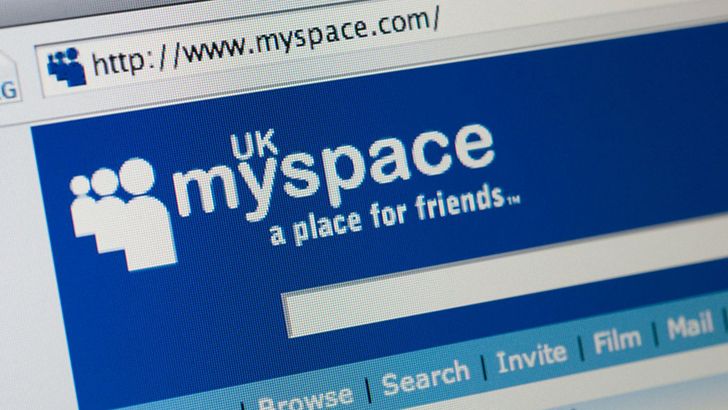
Due to a faulty server migration, every photo, song, and video that was uploaded to this one popular social network, all of it was accidentally deleted.
That accounts for 50 million songs from 14 million artists like Lily Allen and Arctic Monkeys.
Of course, many of these have backups that are probably on Spotify by now, but those that didn’t are now lost forever.
Nearly one third of divorces are because of Facebook.
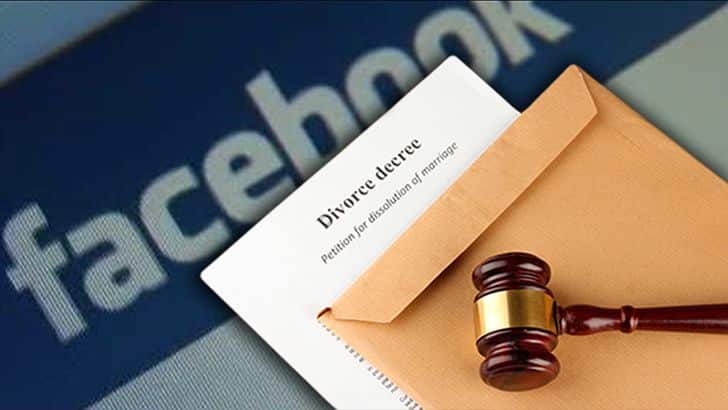
33% of divorced couples have stated Facebook was a reason for the break up.
Some of these more specific reasons are things like inappropriate messages to other people, it causes couples to fight, secret social media accounts, and doubting the relationship.
Using a thinner font can save printer ink.

To a standard user, this difference isn’t big enough to care about.
But if you use a lighter font with thinner lines, you’ll use slightly less ink.
This is all based on inkjet printers that use old style cartridges.
Overall, it will only save you about 10% of your ink by using a lighter font.
The QWERTY keyboard was originally designed to slow you down.

When typewriters were introduced, typing too fast would jam the keys.
Using a QWERTY keyboard spaced out commonly used characters to slow typists down and prevent jamming.
If you wanted to learn a more efficient keyboard, Dvorak is made for speed.
While we’re on the subject of keyboards and typing, did you know that on a typical work day, a typists’ fingers will “travel” about 12.6 miles.
The first webpage is still running.
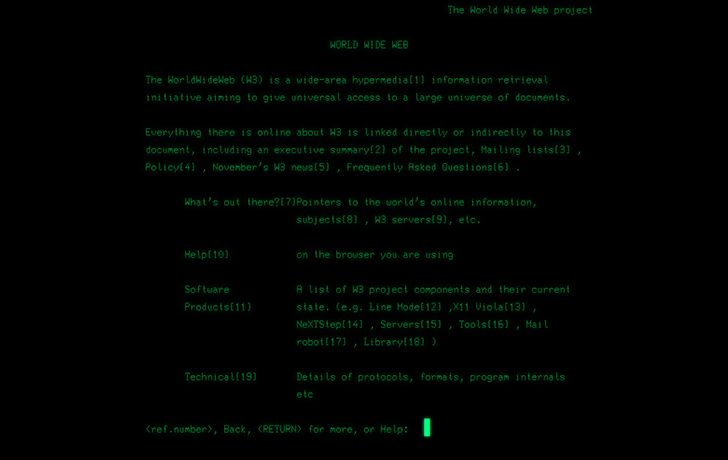
In 1991, Tim Berners-Lee was working on developing the World Wide Web.
That page is still up and functioning at info.cern.ch though don’t expect much.
There’s no graphics and no background, just plain text and links on how to use the internet!
Some countries skipped the era of landlines.
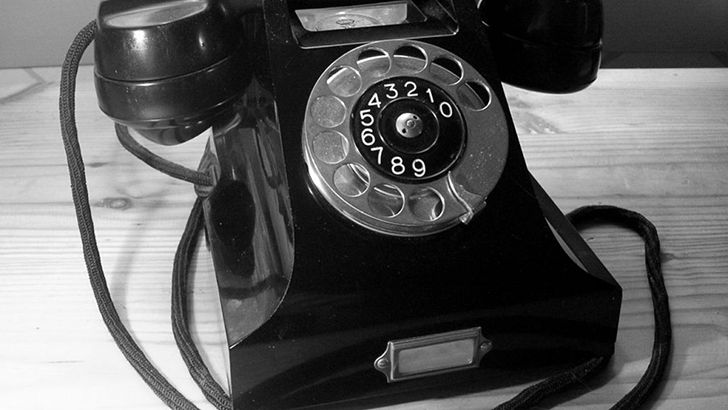
Nigeria, Ghana, and Bangladesh went from zero to 100. Due to lack of resources, it was too costly to adapt to using landlines.
Less than 1% of residents in these countries have a landline, but over 85% have access to cell phones.
The passwords for the nuclear missiles were just a string of zero’s.

Although the Air Force denies this, one Air Force launch officer, Bruce Blair, says they’re lying.
And what government would want to admit to something that silly?
For 20 years, the password was eight zero’s all in a row – and it was written down so nobody forgot.
Over 90% of the world’s currency is digital.
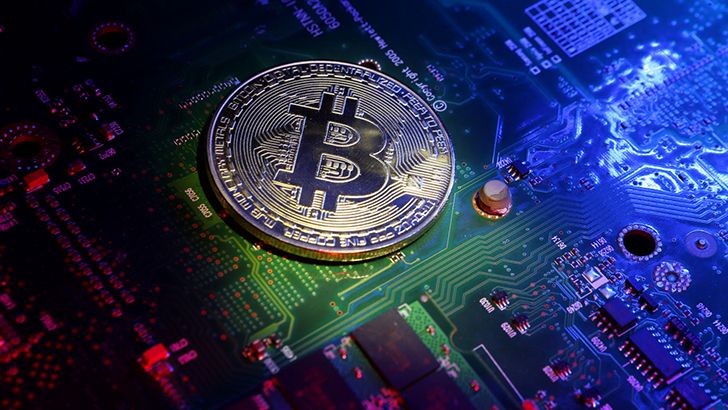
I don’t know about you, but I almost never have cash!
Between credit cards, debit cards, direct deposit, and online purchases, that leaves only about 8% of global currency to be physical money.
Millions of hours of TV and movies are watched every day on Netflix.

Of course Netflix is a massively popular company, so it’s not that big of a surprise.
The world spends about 164 million hours every day streaming Netflix, which is equivalent to 18,812 years’ worth of TV and movies every 24 hours.
Now my binge-watching habits don’t seem so bad!
If you’re enjoying these technology facts so far, you may also like to know about the Netflix & Chill button.
Technical degrees are almost useless by the time you graduate.

A degree looks good on paper, but in fact, technology is advancing faster than ever.
The amount of technical information doubles every two years.
So, if you start a four year degree, then half of what you learn by the time you finish will be obsolete.
There’s a term for old people who use the internet.
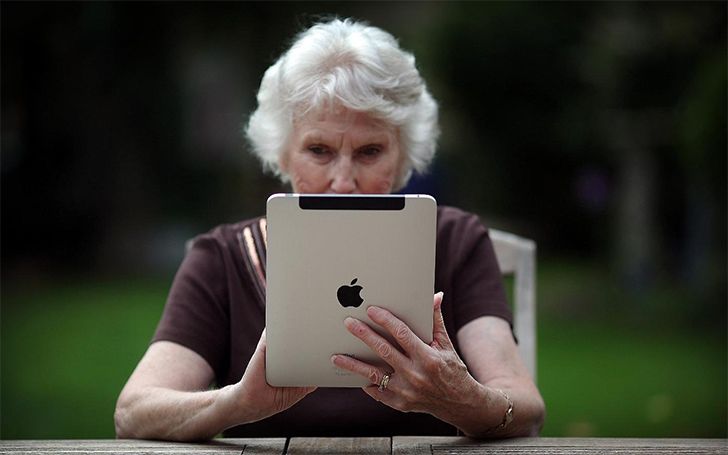
Seniors who are over 50 and use the internet on a regular basis are rare these days.
So rare in fact, there’s a term for it – Silver Surfers.
Tech companies often test their products in New Zealand.

New Zealand is such a diverse country with English speaking residents, it’s a great place for testing.
But the main reason, is that since it’s somewhat isolated, news about a product failing won’t spread very fast.
There are fake Apple stores in China.
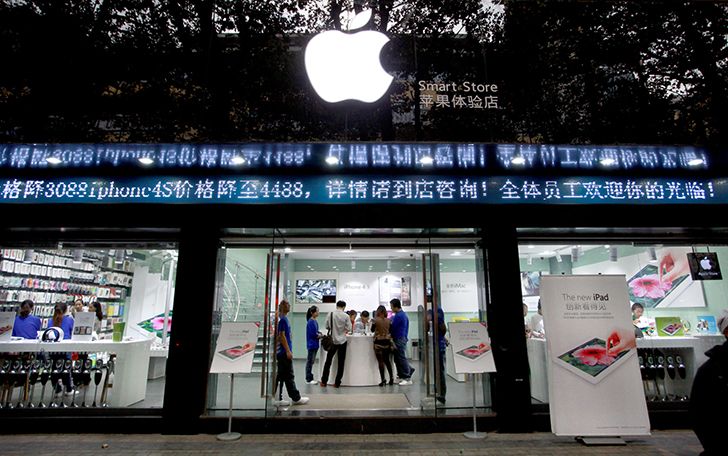
Some of the fake Apple stores are so convincing, that even the employees thought they were working for Apple.
They are usually selling real Apple products, and the employees even wear the same shirts that actual Apple associates wear.
Sometimes the stores are shut down, but when that happens, more just pop up!
Until 2010, carrier pigeons were faster than the internet.

When comparing upload speeds, a test was done to fly a carrier pigeon with a USB stick 50 miles to an internet provider, while racing against an internet upload.
The pigeon made it in just over an hour, while the upload took over two hours.
The first photo ever uploaded to the internet was a comedy band.
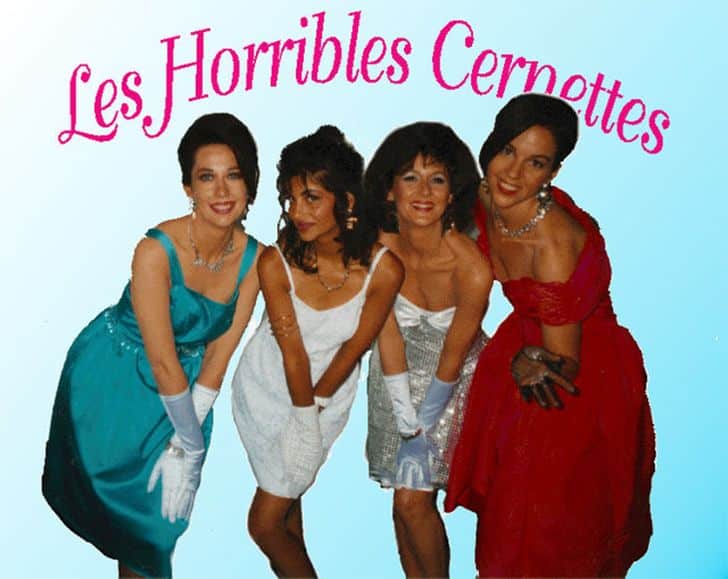
A four piece all-female parody pop group lays claim to being in the first photo to ever be uploaded to the internet.
The group, called “Les Horribles Cernettes,” were colleagues with Tim Berners-Lee, the inventor of the World Wide Web.
He asked them for some scanned photos of their band so he could publish them online, and history was made!
Every advertisement for iPhone’s have 9:41 set as the time.
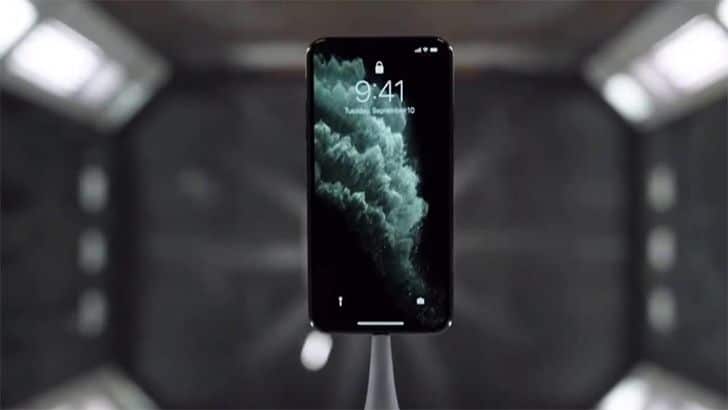
This is because in 2007, Steve Jobs first announced the iPhone at that time.
The 41 minute presentation leading up to the reveal of the first iPhone was planned perfectly.
And the first photo of the iPhone showed the time 9:41, at exactly 9:41am.
A “jiffy” is a real measurement.

If you’ve ever said “I’ll be back in a jiffy,” you were actually saying, “I’ll be back in 10 milliseconds.”
A jiffy is an actual measurement of time, referring to the length of one cycle of the computer’s system clock – about 10 milliseconds.
When used in physics, it stands for the amount of time that it takes light to travel one centimeter.
An average 21 year old has spent 5,000 hours playing video games.

These days, by 21 you’ll have also sent 250,000 emails and texts, and spent 10,000 hours in a cell phone.
That’s a lot of time!
Most of today’s successful companies started in garages.
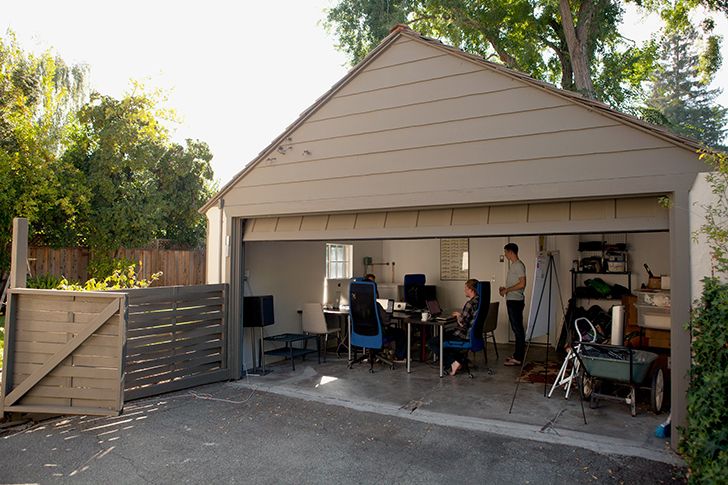
That’s right, aside from just Apple, other huge name companies started with humble beginnings.
HP, Google, and Microsoft all were started in a garage.
Most internet traffic isn’t from real humans.
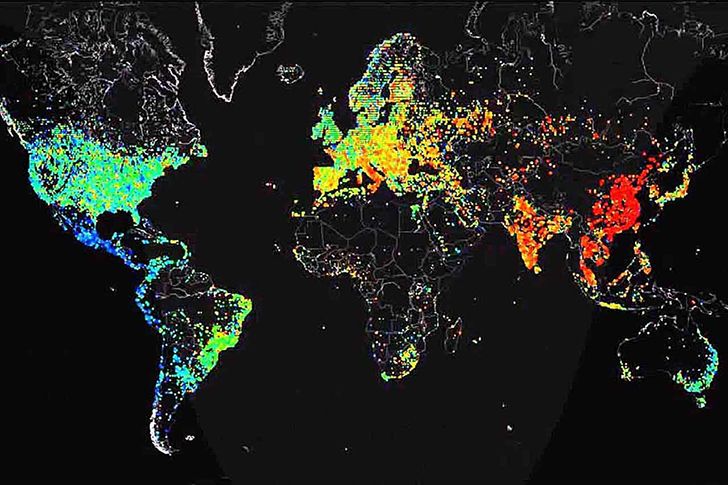
About 51% of internet traffic is non-human. Over 30% is from hacking programs, spammers, and phishing.
Be careful with your computer security!
CAPTCHA is a long acronym.
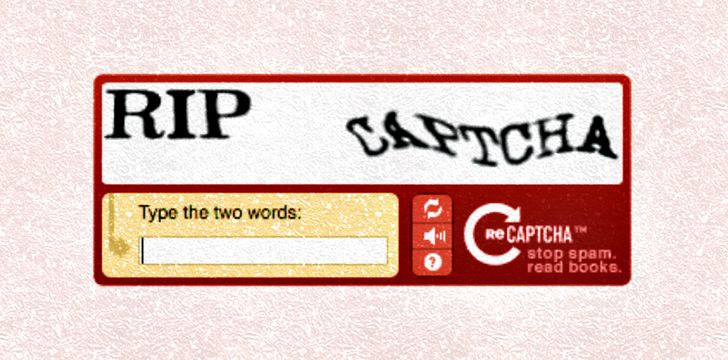
It stands for “Completely Automatic Public Turning Test to Tell Computers and Humans Apart”.
Even though some artificial intelligence can get through CATCHPA, it’s still useful in blocking some bots.
The three most common passwords are also the weakest.

The top three most used passwords are 123456, password, and 12345.
Definitely don’t use any of those next time you need a password change!
There wasn’t an app store in the first iPhone.
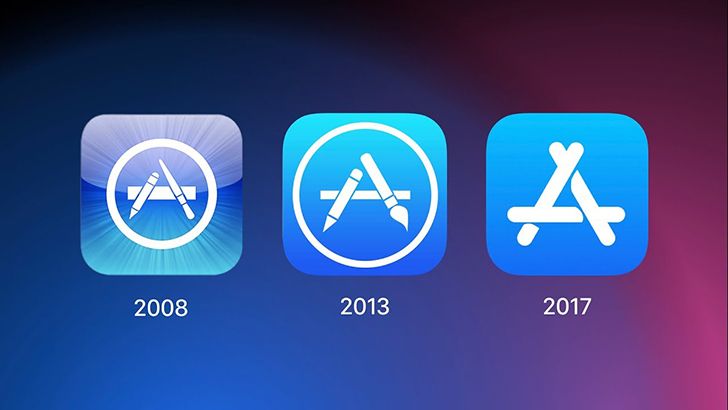
This probably isn’t that surprising, seeing as the first of any tech has some things to work out.
But the only apps that were on the first iPhone in 2007 were all only Apple’s apps.
These days, there are over 1.4 million apps for iPhone.
We only keep 1 out of every 10 apps we try.

It is estimated that about 80-90 percent of the apps we install are deleted in the long term.
It seems users are picky with what they want to use their limited storage for!
Digital music sales surpassed physical sales in 2014.

Since mp3 players arrived, the digital music sales have been slowly rising.
Once Spotify came out in 2008, it seemed the age of physical music was over.
In 2014, the download sales and subscriptions made $6.85 billion, while physical sales were just barely under it at $6.82 billion.
Also, did you know that people are listening to music now more than ever?
In 2015, the average American spent about 24 hours per week listening to music.
As of 2017, that number rose to an average of 32 hours per week.
The @ symbol was chosen kind of randomly.

The man who was writing email programs had to determine how to determine the user and the machine that the user was on.
He chose the symbol because it means “at” and it wasn’t used as much as other symbols.
There is a machine that can predict heart attacks.

Researchers “trained” a machine-learning algorithm which was able to predict heart attacks.
It can predict heart attacks up to four hours before they happened – with 80% accuracy.
There is also artificial intelligence than can predict epidemics.

An artificial intelligence was created (with 87% accuracy) in determining disease outbreaks, such as dengue fever.
There are hopes to use this tech to predict outbreaks for more serious diseases like Ebola and Zika.
The Amazon’s robot workers skyrocketed in less than five years.
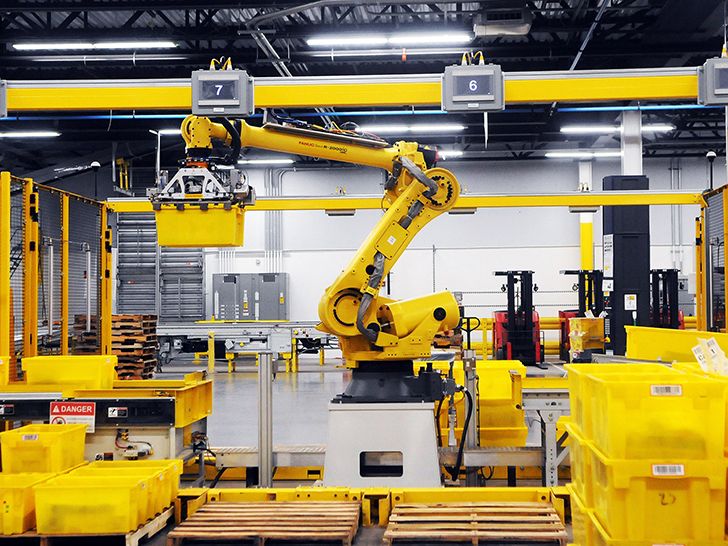
Back in 2013, there were only 1,000 robots working in an Amazon warehouse.
In 2017, they had 45,000 robots across 20 warehouses.
Digital tech is good for the environment.

It is estimated that digital technology could reduce global carbon emissions by 20% by 2030.
That’s equal to getting rid of 100% of China’s emissions, plus an additional 1.5 billion tons!
The average Facebook user has less than 200 friends.
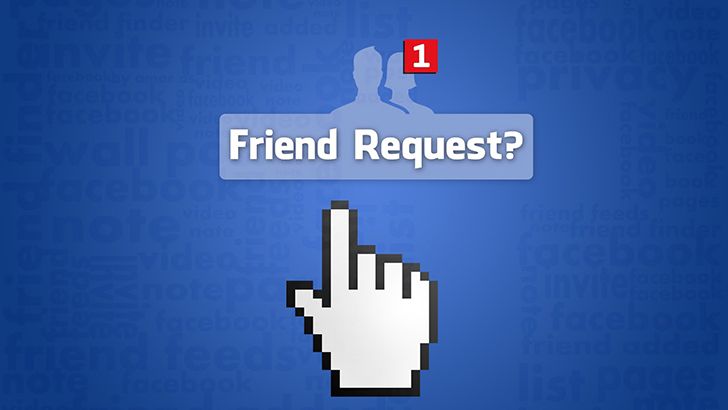
Slightly over 40% of people on Facebook have between 0-200 friends.
The close second clocks in at 38% of Facebook users having 200-500 friends.
Even less, 20% of users have over 500 friends on Facebook.
Google uses the same amount of energy as 200,000 homes.

It’s no surprise this tech powerhouse needs a lot of power!
That accounts for about 0.013% of the entire world’s energy use.
And while not all of their energy is from wind and solar, they purchase carbon offsets which leaves them with no carbon footprint!
The first computer virus was harmless.

In 1971, the first ever computer virus was developed. Named Creeper, it was made as an experiment just to see how it spread between computers.
The virus simply displayed the message: “I’m the creeper, catch me if you can!”
The first virus ever released into the wild was called Brain, which also wasn’t harmful.
However it was the very first IBM PC virus.
There are only 21 million Bitcoins that can be mined in total.

You’d think as it’s a digital currency, the amount of bitcoins available would be unlimited.
However if this was the case, that would devalue the currency and render it worthless.
Filipinos use social media more than Americans.
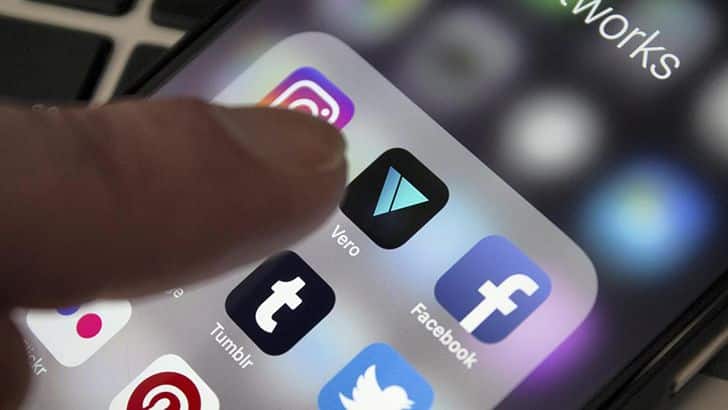
Between adult users in the Philippines, 93% use social networking sites, which is quite higher than the 74% that use it in the U.S.
They mostly use it to talk about music and movies, and slightly fewer use it to talk about sports.
Most of the purchases in China are done with mobile phones.

Chinese people love online shopping, apparently!
Around 70% of online purchases are made with mobile phones.
Meanwhile, only 46% of online purchases in the U.S. are done with a cell phone.
Robot laws are being put into place.
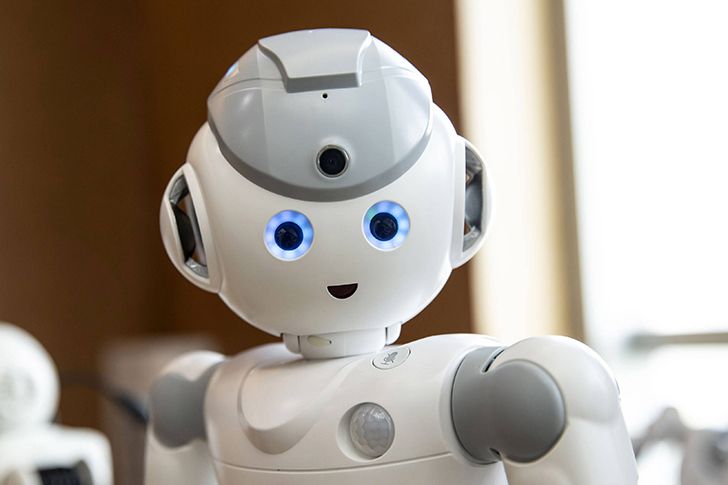
The European Union is suggesting laws that implement an emergency kill switch into all robots.
Additionally, they will be required to be programmed to never harm a human.
Millions of tons of technology are thrown out each year.
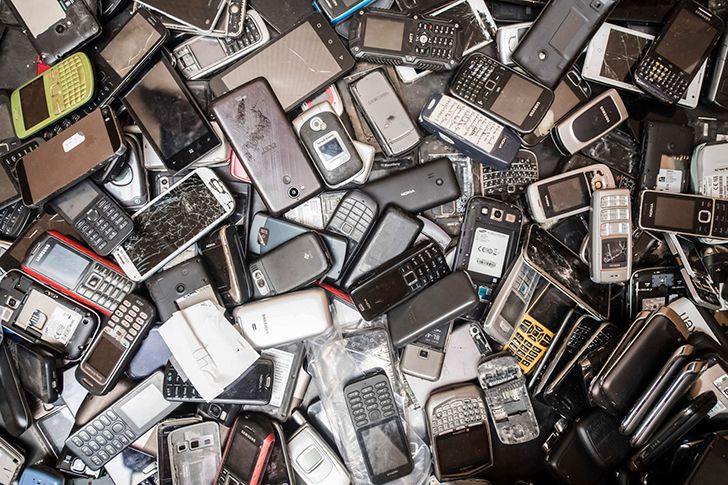
Specifically, 220 million tons of old computers, along with other devices, are thrown away every year in the U.S. alone.
We’ve come to the end of these 100 technology facts, did you learn something new? We certainly did!
If you’d like to learn more facts about technology, you can see more over on our tech category.
Do you have any other technology facts that have blown your mind?
What’s your favorite tech fact in this list? Let us know in the comments!







0 Comments